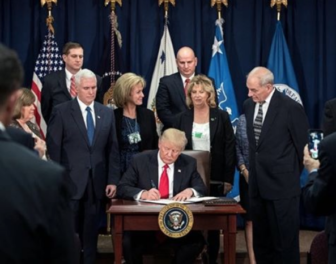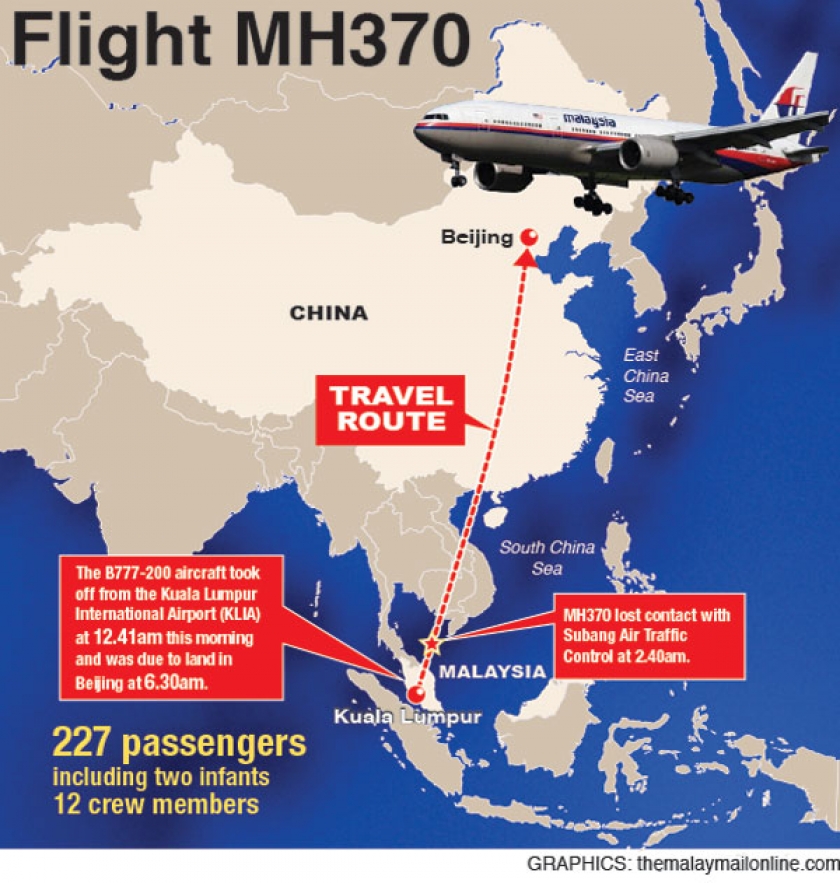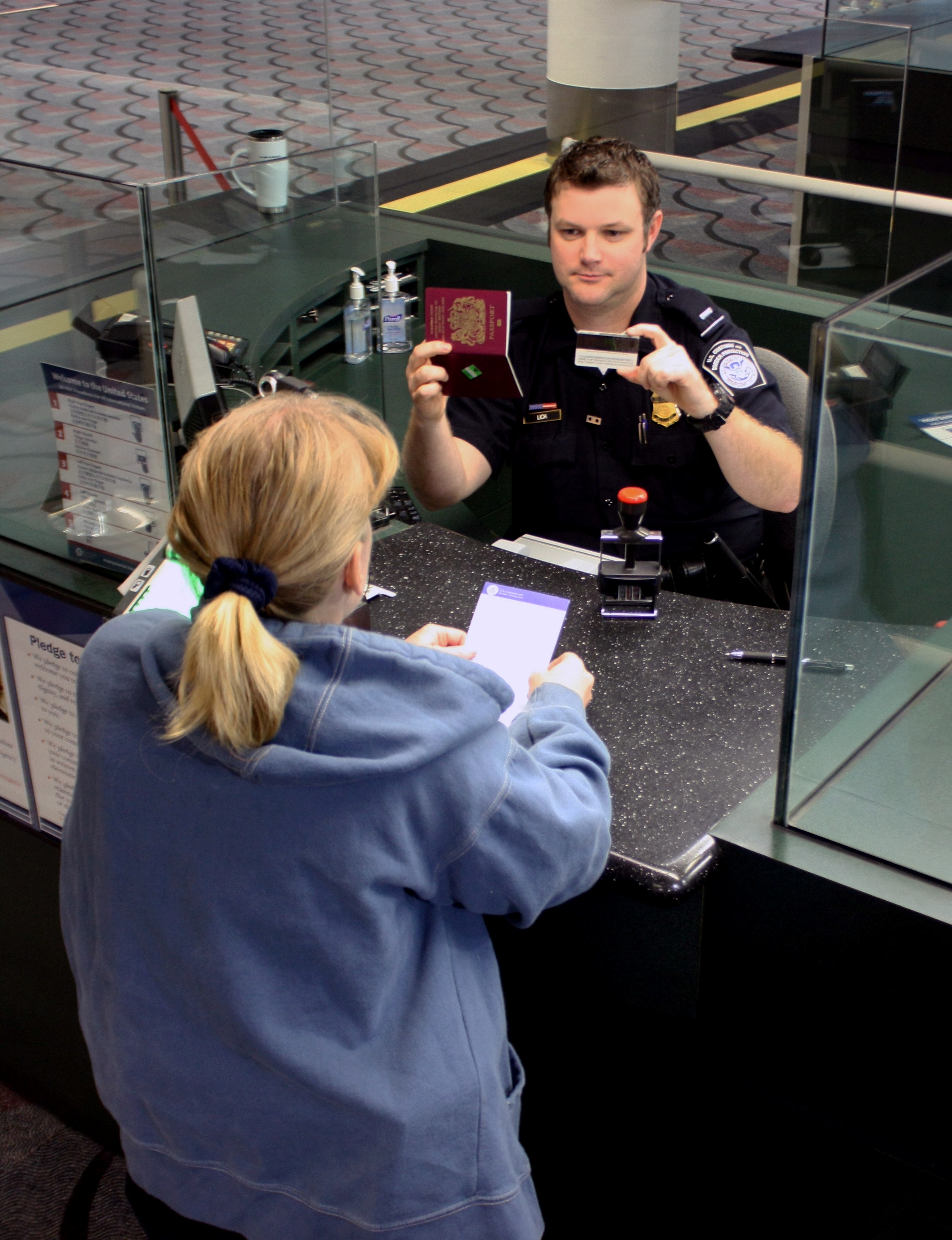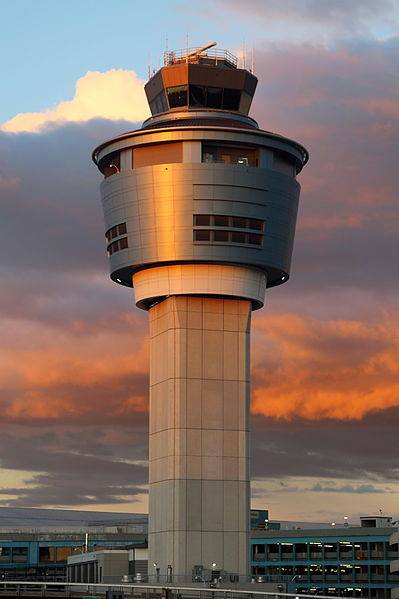Trump’s Executive Order On Travel Ban: How Is Travel Impacted?

Trump’s Executive Order On Travel Ban: How Is Travel Impacted?
There is an awfully lot of information circulating on who the travel ban, put into place yesterday when President Donald Trump signed it, impacts. I thought it might be helpful, particularly for those in the impacted countries or citizens of those countries who happen to be traveling, to breakdown the key components of the executive order to see who it impacts. Hopefully this will help in providing some insight into who is and is not impacted by the order. The actual text of the executive order can be found here.
What Countries Are Impacted?
Iraq, Syria, Iran, Libya, Somalia, Sudan, and Yemen
Who Is Impacted?
While the order is still quite new, it has already been implemented, where visa holders traveling from Iraq and Yemen have been detained by authorities. The executive order explicitly states that both immigrant and non-immigrant holders are impacted. The Department of Homeland Security has also confirmed that green card holders will also be impacted. In other words, if you have a green card are are a legal permanent resident and are currently abroad, you could be prevented from reentering the United States if you are from one of the seven listed countries. In an email from the acting DHS spokeswoman, she said, “It will bar green card holders.”
How Long Will the Ban Last?
The current timeline for the ban extends for 90 days, with the intention of the administration coming up with more “extreme vetting” measures to “keep terrorists out.” The stated purpose of the travel/refugee ban is to give the administration and respective agencies time to determine the best measures to follow in vetting immigrants from the listed countries. After a 60-day period, the Secretary of Homeland Security, in consultation with the Secretary of State, are expected to submit a list of countries that the president should include to prohibit the entry of foreign nationals from countries on that list.
How Will Travel Be Impacted?
Of course the greatest question that arises for travelers is how the executive order will impact them. While much of the order only places an impact on nationals from the listed countries, Section 7 of the order calls for expedited completion of the biometric entry-exit tracking system, essentially meaning travelers to the U.S. would have to go through an exit control system when departing the United States, something that currently does not yet exist. Since most airports aren’t setup for that, the order calls for that measure to be expedited, though its not clear how quickly that could take. Additionally, it would be a costly overall for all international airports.
What Are The Exceptions?
The executive order exempts the following four classifications of travelers:
- Foreign nationals traveling on diplomatic visas
- NATO visa holders
- C-2 visas for the travel to the United Nations
- G-1, G-2, G-3, and G-4 visas (international organization visas)
Where Can I Go For More Information?
The best source of information to follow is going to be the CBP website, since it is that department that will largely be responsible for implementing the executive order. All travelers with citizenship from these countries should consult with CBP before making any travel decisions. Some are suggesting that U.S. legal permanent residents from affected countries forego any foreign travel during the remainder of the ban.







2 Comments
Comments are closed.